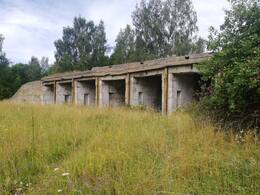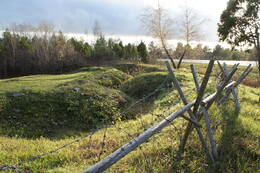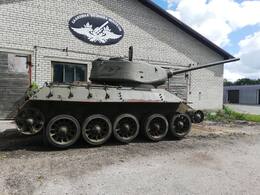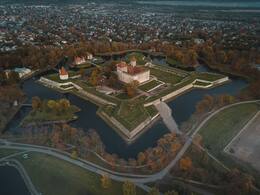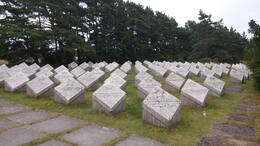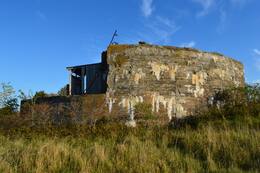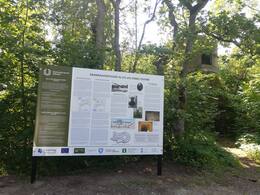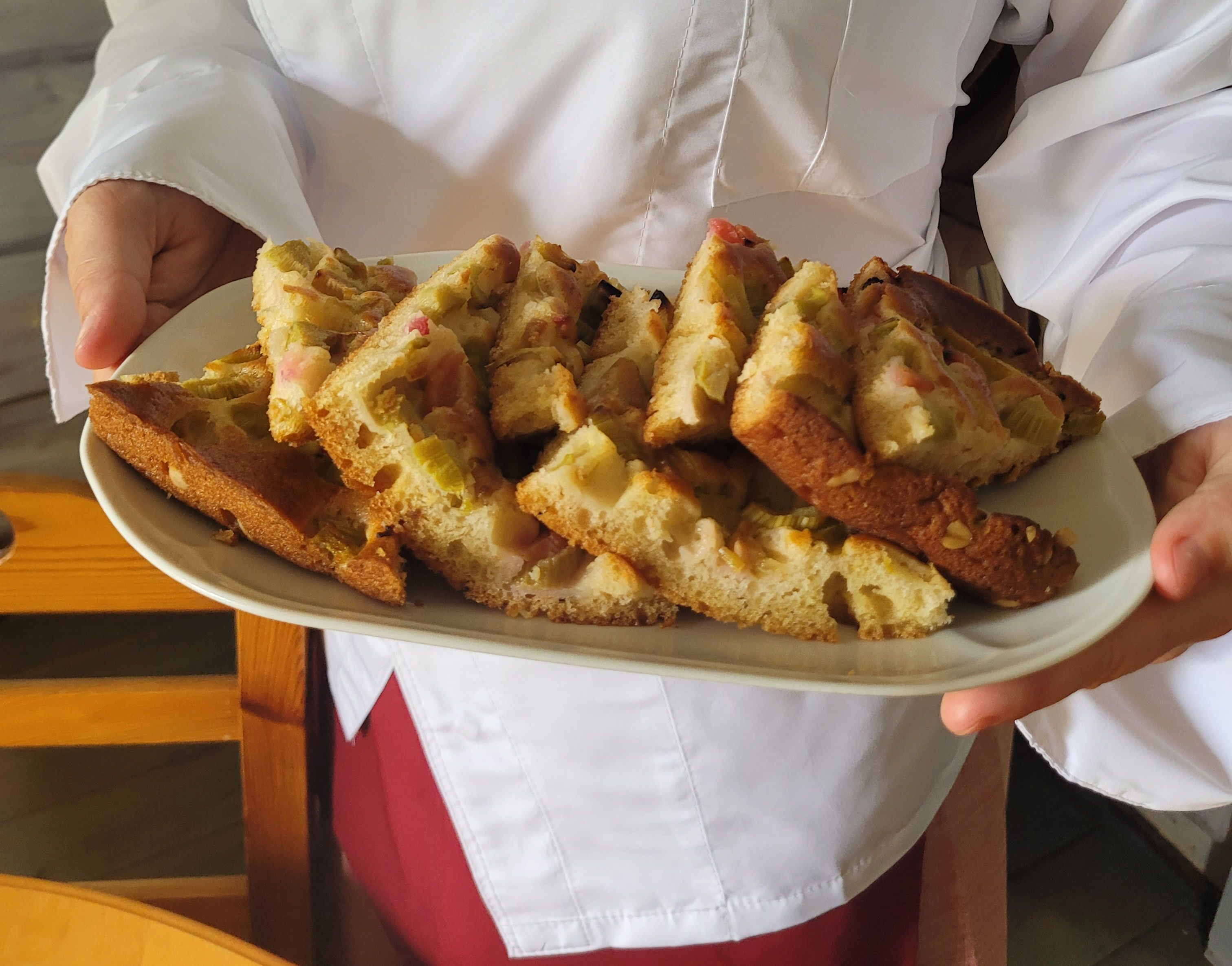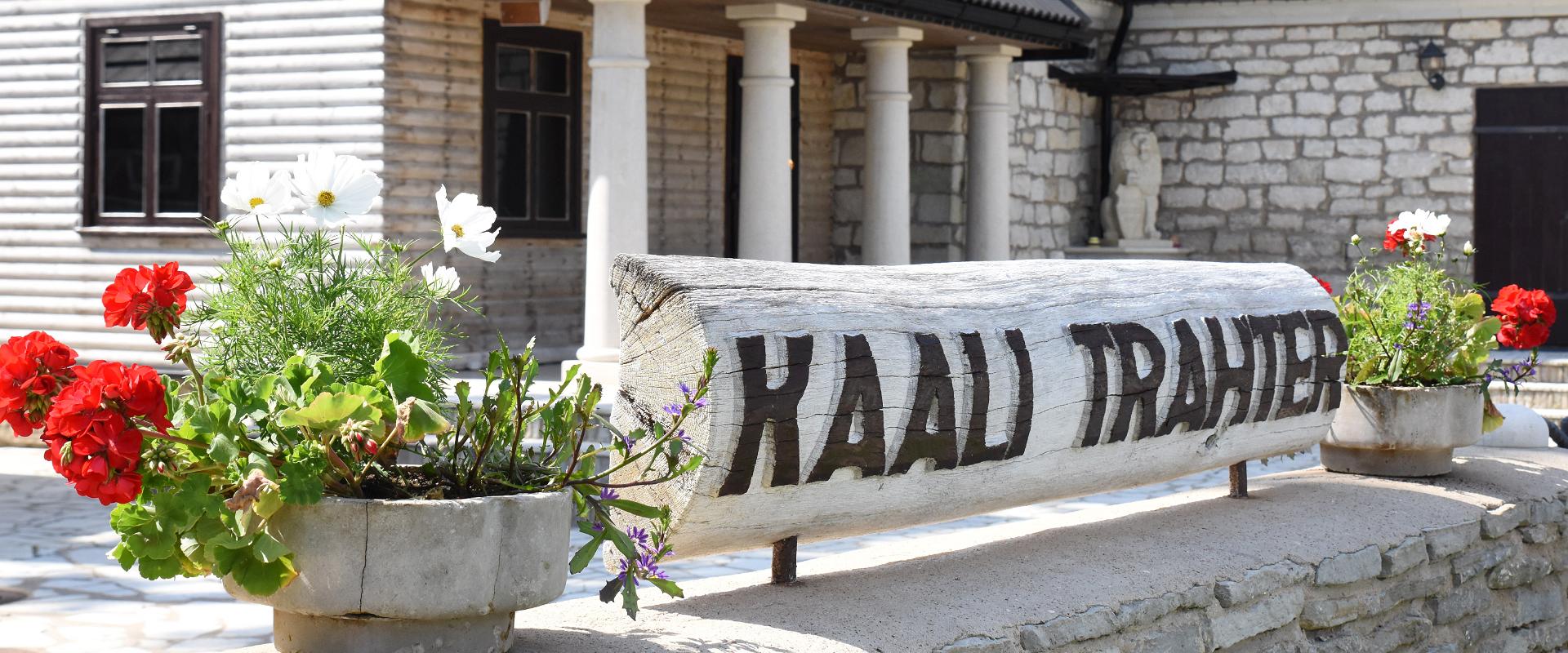Sarema ir Hyjuma - Estijos jūros sienos forpostas
Diena 1.
300 km
Talinas–Muhu sala–Kureša–Sõrvė
Keltas Virtsu–Kuivastu
Praktinė informacija
- Važiavimo atstumas: ~280–300 km
- Dėl atstumų ir laiko šią dieną galima aplankyti 3–4 iš išvardytų lankytinų vietų.
- Keltui iš Virtsu uosto į Saremos salą rekomenduojama bilietus užsisakyti iš anksto. Rezervacijos ir tvarkaraščiai www.praamid.ee .
- Karinės įrangos muziejaus Orisarėje darbo laikas ir bilietų informacija : sojavaramuuseum.ee .
- Saaremos muziejaus Kuresarėje darbo laikas ir bilietų informacija www.saaremaamuuseum.ee . Ekskursijas su gidu, skirtas ne daugiau kaip 25 asmenims, būtina užsisakyti iš anksto.
- Servės karo muziejaus darbo laikas ir bilietų informacija www.visitestonia.com . Ekskursijas su gidu, skirtas ne daugiau kaip 25 asmenims, būtina užsisakyti iš anksto.
Lankytinos vietos
Pasienio raketų bazė
Ši buvusi raketų bazė yra valstybinėje miško žemėje Piiri miestelyje, Muhu saloje.
Jis buvo baigtas 1963 m. Kaimyniniame Liivos kaime septintojo dešimtmečio pabaigoje buvo įkurta S-125 sistemos raketų bazė.
Oro gynybos raketų divizija buvo skirta ginti vakarinę Sovietų Sąjungos sieną. Diviziją sudarė apie 16 karininkų ir 60 šauktinių. Bazėje buvo elektros generatorius, bunkeris, vadovavimo centras ir angarai S-75 raketoms. Taip pat buvo atskiras angaras, tikriausiai skirtas trijų branduolinių galvučių raketai (tikriausiai OTR-21 „Točka“).
Iš bazės iki šių dienų liko raketų angarai, garažai, bunkeriai, vadovavimo centro griuvėsiai ir bunkerys su šaudymo angomis.
Pirmojo pasaulinio karo apsauginiai grioviai prie Veikės sąsiaurio
Aiškiai matomas Pirmojo pasaulinio karo apkasų ruožas prie Mažės sąsiaurio yra šalia Kuivastu–Kuressaares kelio, netoli populiaraus turistų lankomo objekto – Eemu vėjo malūno Muhu saloje.
Šie apkasai sudaro nedidelę dalį didesnio gynybinių įtvirtinimų ir įrenginių, besidriekiančių daugelį kilometrų, teritorijos. Jie buvo kasami 1915–1917 m. kaip gynybinė priemonė nuo artėjančios vokiečių armijos ir buvo naudojami abiejų pasaulinių karų metu.
Atnaujinta vieta yra puikus Muhu karinės istorijos pavyzdys. Šis vingiuotas apkasas yra aiškiai matomas. Lankytojai jį lengvai pasiekia, nes jis yra prie pat pagrindinio kelio, o šalia jo yra automobilių stovėjimo aikštelė. Istorinė vielinė tvora tik papildo kraštovaizdį.
Šis karinės istorijos pavyzdys papildo netoliese esantį istorinį Eemu vėjo malūną – pramoninio paveldo objektą, kuris išgyveno Pirmąjį pasaulinį karą, bet buvo sunaikintas Antrajame pasauliniame kare, o vėliau restauruotas 1980 m.
Saremos karo muziejus
Karinės įrangos muziejus Saremos saloje buvo įkurtas 2007 m. Jo kolekciją sudaro steigėjų asmeniniai daiktai (apie 12 000 jų).
Muziejus organizuoja teminius žygius ir istorinių mūšių inscenizacijas, pristatančias XX a. karinę istoriją. 650 m2 ploto muziejuje yra penkios lankytojams atviros ekspozicijų salės, įskaitant lauko parodą (didesnės karinės įrangos). Nepriklausomybės karo salės centrinis elementas yra 3-iojo šarvuoto traukinio kulkosvaidžių vagonas. Parodoje eksponuojamos originalios Nepriklausomybės karo (1918–1920 m.) uniformos, ginklai ir kita asmeninė įranga. Istorinių uniformų salėje eksponuojamos originalios Estijos gynybos pajėgų ir Gynybos lygos uniformos iš tarpukario (1925–1940 m.) ir originalios Antrojo pasaulinio karo uniformos, taip pat kita įranga. Ginklų salėje eksponuojami 1450–1970 m. Europos šaunamieji ir pistoletai. Antrojo pasaulinio karo asmeninės įrangos ir virtuvės reikmenų salėje galima apžvelgti kareivių kasdienius daiktus. Techninės įrangos salėje eksponuojami ryšio įrenginiai, patrankos, minosvaidžiai, dviračiai, motociklai ir automobiliai.
Saremos muziejus
Kuresarės pilis yra pietiniame Kuresarės miesto pakraštyje, prie jūros.
Saremos muziejaus, įsikūrusio tvirtovėje, jubiliejus minimas vasario 17 d.: 1865 m. tą dieną buvo įkurta Saremos tyrimų draugija (Verain zur Kunde Oesels). Muziejus į pilį persikėlė 1897 m. Jo ekspozicija pristato Saremos gamtą ir istoriją. Didžiausias ir labiausiai dėmesį patraukiantis muziejaus eksponatas yra pati pilis – puikus karinių įtvirtinimų raidos XIV–XIX a. pavyzdys. Kuresarės pilis yra vienas autentiškiausių įtvirtinimų visoje Šiaurės Europoje.
Tehumardi naktinio mūšio paminklas
Antrojo pasaulinio karo metu, 1944 m. spalio 8 d., 20 val. vakare, Raudonoji armija susirėmė su besitraukiančiais vokiečių kariais Tehumardi kaime, Servėje. Mūšis įvyko 18-ajame Kuresarės-Serės kelio kilometre.
Netoliese, 1966 m., buvo atidengtas paminklas, tuo pačiu metu atidarytos Raudonosios armijos kapinės, skirtos konfrontacijai atminti. 21 metro aukščio paminklas vaizduoja betoninį kardą, kurio kryžiaus apsauga papuošta kareivių veidais. Ant kryžiaus apsaugos estų ir rusų kalbomis iškaltas užrašas: „1941–1945. Sovietų kareiviams ir Saremos gynėjams bei išvaduotojams“. Tehumardi kapinėse yra 90 dolomito lentelių, kuriose išgraviruoti žuvusių Raudonosios armijos kareivių vardai.
Už poros šimtų metrų nuo kapinių, palei kelią Sõrvės link, dešinėje kelio pusėje stovi didelis granito paminklas. Jis buvo atidengtas 2012 m. liepos 15 d. ir pastatytas apytikslėje mūšio vietoje. Ant paminklo yra lentelė su užrašu: „Čia 1944 m. spalio 8 d. įvyko Tehumardi naktinis mūšis.“
Tehumardi kapinės buvo pašalintos 2024 m., tačiau memorialinis stulpas išliko, nors dalis teksto yra iš dalies uždengtas.
Servės pakrantės apsaugos baterija Nr. 43
Ši pakrantės gynybos baterija yra Rygos įlankos pakrantėje, Sarės kaime, Saremos saloje.
Sėrėje buvo įsikūrusi Petro Didžiojo jūrų tvirtovės, dar žinomos kaip Zerel, 43-ioji pakrantės baterija, priklausanti priešakinei pozicijai „Mūnsundas“. Ją sudarė keturios 305 mm patrankos. Statyba pradėta 1914 m., Pirmojo pasaulinio karo metu, turint ribotą biudžetą. Artilerijos pabūklai buvo montuojami atvirose vietose ant šarvų, o virš Irbės sąsiaurio buvo įrengta siaura šaudymo aikštelė. Prie jų buvo įrengtos šaudmenų saugyklos, dyzeliniai generatoriai ir iš rąstų pastatytas bei smėliu apsuptas vadovavimo centras. Medinis ugnies valdymo bokštas buvo maždaug už kilometro, Sėrės dvare. Bateriją su Mõntu uostu jungė 5 km ilgio siaurasis geležinkelis.
Šiandien išlikę tik betoniniai artilerijos barbetai su apvaliais varžtais, dviejų artilerijos pozicijų gynybinės sienos ir smėlio kalva, ant kurios kadaise stovėjo vadovavimo centras.
Stebelio pakrantės apsaugos baterijos Nr. 315 vadavietė
Šis pakrantės gynybos baterijos vadovavimo centras yra dabar apleistoje Sääre kaimo dalyje.
Pakrantės gynybos baterija buvo pavadinta jos vado kapitono Aleksandro Stebelio vardu. Statybos prasidėjo 1940 m. gegužę, o baterija buvo baigta prieš pat Antrojo pasaulinio karo pradžią. Baterija atgrasė vokiečių jūrų pėstininkus Lõu įlankoje ir dengė Raudonosios armijos Lõpe-Kaimri gynybos liniją. Artilerija buvo sunaikinta Raudonosios armijos atsitraukimo metu 1941 m. spalį, po to apatiniai barbetų lygiai buvo užlieti. Kompleksą sudarė dvi artilerijos barbetės su dviem 180 mm pabūklais, vadovavimo centras, vėjo malūno formos ugnies valdymo bokštas, generatorius ir katilinė.
Deja, šios intriguojančiai suprojektuotos baterijų pozicijos yra privačioje teritorijoje ir jas sunku rasti. Todėl visiems susidomėjusiems teks tenkintis apžiūra į vadovavimo centrą iš išorės, nes jo apatinis lygis yra apsemtas. Centras buvo nusausintas 2010 m., bet vos po kelių mėnesių vėl prisipildė vandens.
Vietos pavalgyti
Lümanda Tavern
Kaali Tavern
The area around Kaali is a place of special atmosphere, which you should not just pass through. It is an ideal place for walking, thinking and resting.
Kaali Tavern is located 150 m from the Kaali Meteor Crater. During summer, you can enjoy a meal here daily. We offer authentic flavour experiences and beverages from Saaremaa. All year round we are available for booking. We have classy party rooms with catering where you can have a memorable event.
In our yard you can buy a piece of Saaremaa. Items made of aromatic juniper and the most beautiful Saaremaa dolomite are sold on romantic old carriages.
Restaurant Sääre Paargu
Sääre Paargu is a seaside restaurant located at the southernmost point of Saaremaa, at the tip of Sõrve Peninsula.
Paargu is the summer kitchen of the island people, where mouth-watering fish dishes are always prepared. That is why fish is at the top of our menu and, thanks to hardworking fishermen, it comes to us fresh every day. Of course, you will also find other delicious summer dishes in our selection. Our dishes are simple yet delicious, without being overly elaborate.
In case of windy weather, you can find shelter in the restaurant's 40-seat hall, which offers a wonderful view of the sea. We have an outdoor terrace where you can enjoy the summer heat.
Welcome!
Kuresarėje www.visitsaaremaa.ee
Vietos apsistoti
Sõrvės pusiasalis arba Vakarų pakrantė Saremos saloje www.visitsaaremaa.ee




